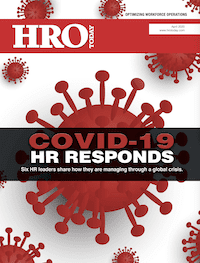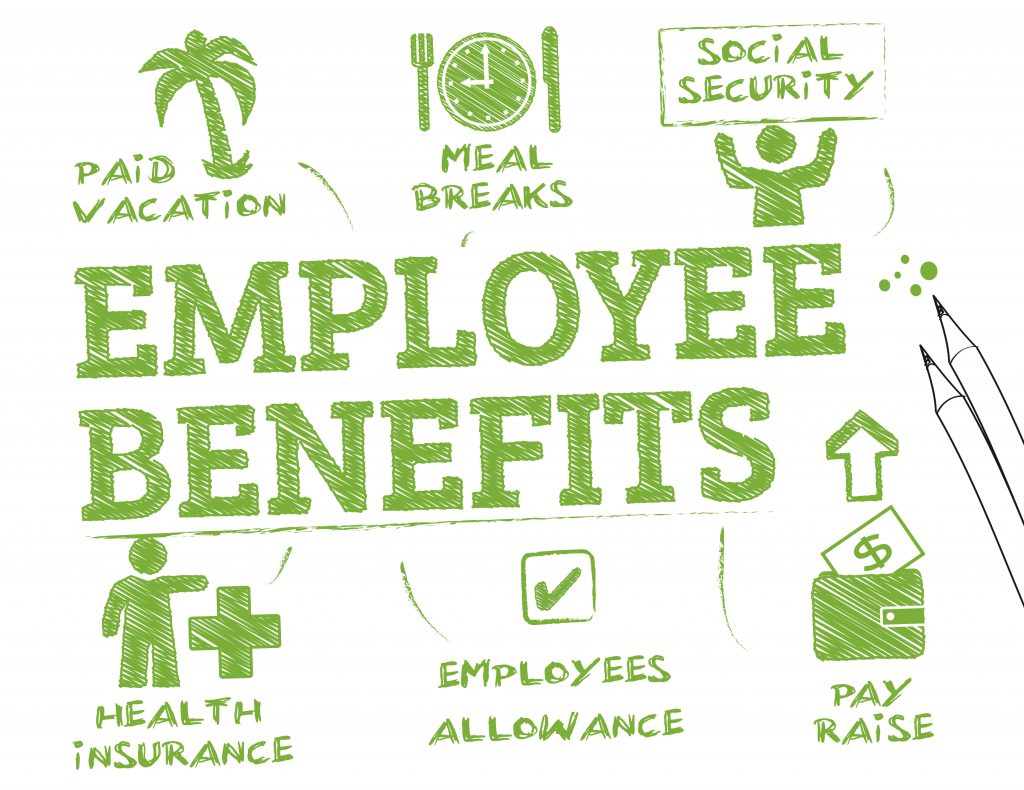We rank the top providers based on customer satisfaction surveys.
By The Editors
An engaged workforce is a necessity in today’s competitive business world. View our ranking of the top employee engagement service providers and find the right partner for your organization.












